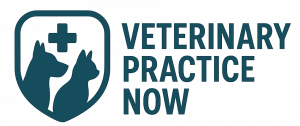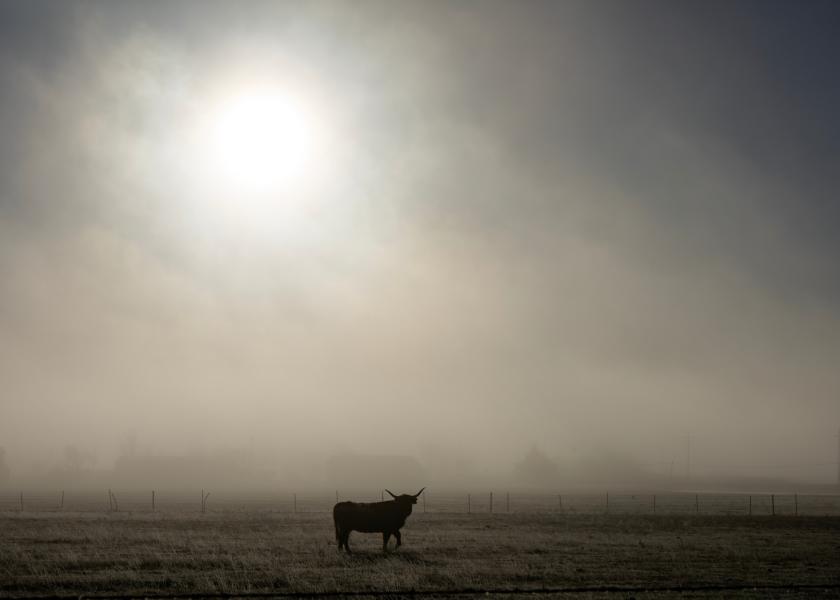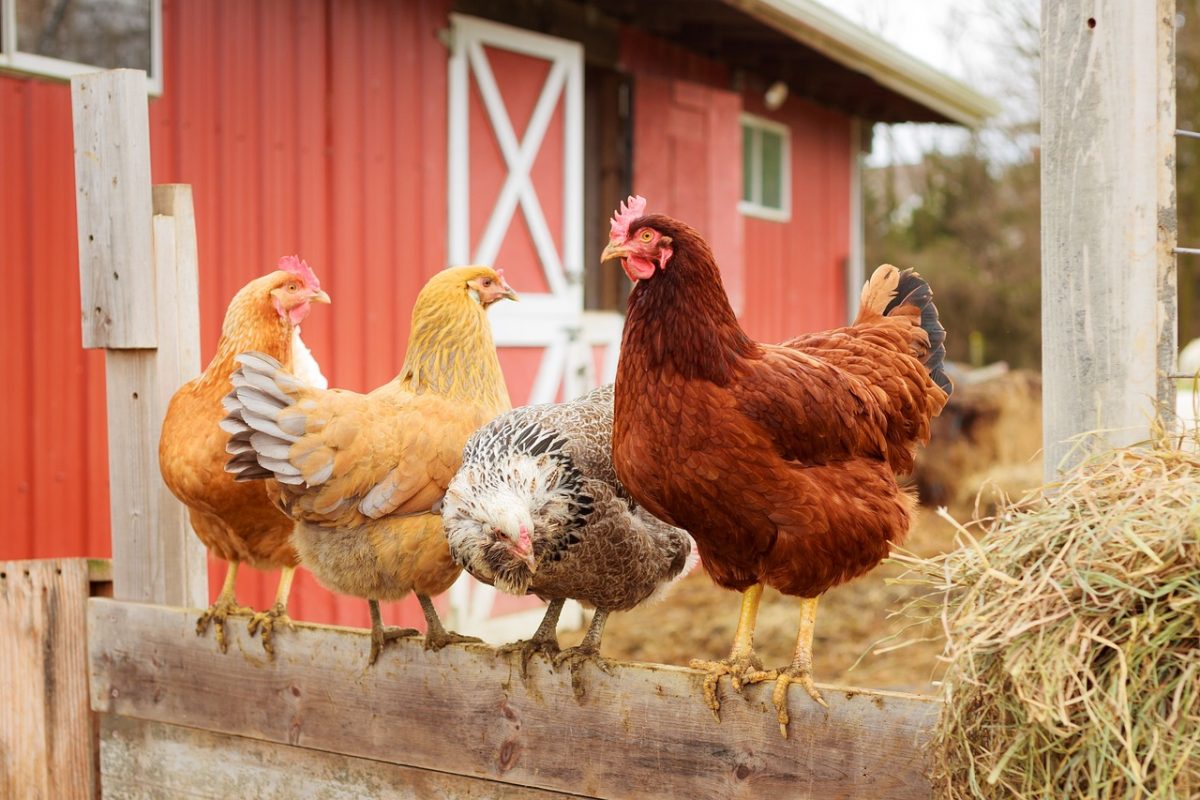The aftermath of the devastating wildfires that swept through Texas has cast a shadow of concern over the livestock industry, particularly in terms of respiratory health. The infernos, spurred on by dry conditions and relentless winds, have left behind a landscape scarred by destruction and a looming threat to the well-being of animals. In this comprehensive guide, we delve into the intricacies of managing respiratory issues in livestock post-Texas wildfires, offering actionable insights to safeguard animal health and welfare.
Understanding the Impact of Wildfires on Livestock Respiratory Health
Wildfires are not only destructive in terms of physical damage to the environment but also pose significant risks to animal health, particularly through smoke inhalation. The combustion of vegetation and other organic matter releases a cocktail of harmful pollutants and particulate matter into the air, which animals inhale, leading to a range of respiratory ailments.
Livestock, including cattle, horses, sheep, and goats, are vulnerable to respiratory issues resulting from wildfire smoke exposure. Prolonged inhalation of smoke can cause irritation and inflammation of the respiratory tract, leading to conditions such as pneumonia, bronchitis, and airway constriction. Furthermore, the stress induced by wildfires can compromise the immune system, making animals more susceptible to respiratory infections.
Signs and Symptoms of Respiratory Distress in Livestock
Early detection of respiratory issues is paramount in mitigating their impact on animal health and productivity. Livestock owners should remain vigilant for signs and symptoms of respiratory distress, which may include:
- Coughing
- Nasal discharge
- Labored or rapid breathing
- Wheezing or rattling sounds
- Reduced appetite or reluctance to eat
- Lethargy or depression
Monitoring animals closely for these indicators can help identify problems at their onset, allowing for prompt intervention and treatment.
Proactive Measures to Protect Livestock Respiratory Health
Prevention is key when it comes to managing respiratory challenges in livestock post-wildfire. Livestock owners can take several proactive measures to minimize the risk of respiratory issues and support the overall well-being of their animals:
- Optimize Ventilation: Ensure adequate airflow in barns, shelters, and other enclosed spaces to reduce the accumulation of smoke and airborne pollutants. Consider installing ventilation systems or using fans to improve air circulation.
- Provide Clean Water: Access to clean, fresh water is essential for maintaining hydration and supporting respiratory health. Ensure that water sources are free from contamination and regularly replenished to encourage adequate intake.
- Minimize Stress: Wildfires and their aftermath can be stressful for animals, exacerbating respiratory problems and compromising immune function. Minimize stressors by providing a calm and stable environment, avoiding unnecessary disturbances, and implementing stress-reduction techniques such as herd or flock management.
- Ensure Nutritional Adequacy: Proper nutrition is vital for supporting immune function and overall resilience in livestock. Ensure animals receive a balanced diet that meets their nutritional requirements, with particular attention to vitamins and minerals that support respiratory health, such as vitamin E and selenium.
- Implement Biosecurity Measures: Prevent the introduction and spread of respiratory pathogens by implementing strict biosecurity protocols. Quarantine new animals, limit visitor access to farm facilities, and practice good hygiene practices, such as regular cleaning and disinfection of equipment and facilities.
Collaborating with Veterinarians for Effective Management
Effective management of livestock respiratory issues requires collaboration with veterinary professionals who can provide expertise, guidance, and support. Veterinarians play a crucial role in:
- Conducting health assessments and diagnosing respiratory conditions
- Developing customized treatment plans tailored to the specific needs of individual animals
- Administering vaccines and medications to prevent and control respiratory infections
- Offering advice on preventive strategies and management practices to minimize the risk of respiratory issues
Regular communication with veterinarians and timely intervention can help mitigate the impact of respiratory challenges and ensure the health and welfare of livestock in the aftermath of Texas wildfires.
Conclusion
The aftermath of Texas wildfires presents a significant challenge for the livestock industry, with respiratory issues emerging as a pressing concern. By understanding the impact of wildfires on animal health, recognizing the signs of respiratory distress, implementing proactive measures, and collaborating with veterinarians, livestock owners can effectively manage respiratory challenges and safeguard the well-being of their animals. Through vigilance, preparation, and prompt intervention, we can navigate the complexities of post-wildfire recovery and support the resilience of the livestock industry in the face of adversity.



